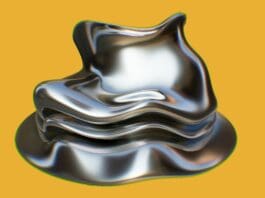
This post is also available in:
 עברית (Hebrew)
עברית (Hebrew)
Smart clothes technology enters the field of search and rescue. The US Homeland Security Department (DHS) is looking to outfit first responders with uniforms that can charge radios, sensors and other electronics they carry on the front lines.
The DHS Science and Technology Directorate (S&T) has awarded $199,260 to the company Protect the Force, for the development of photovoltaic (PV) energy harvesting fabrics. PV materials produce electricity through exposure to light. Energy harvesting fabrics produce and store electricity within a fabric weave to power portable devices.
The company will develop PV fiber that can be woven into a “power fabric” and integrated with first responder garments to provide a reliable, portable power source. The power fabric can be used to make first responder gear or placed as panels on protective clothing, according to dhs.gov.
The new technology “could change how first responders are able to perform during emergencies,” said Melissa Ho, DHS. “A wearable, portable power source could support safety equipment and communication tools; it has the potential to improve the work of first responders across the nation.”
At the first phase, the company will be fabricating and testing the PV fiber and weaving it into a textile matrix.
Electricity in clothes is mainly produced by body motion, body heat or the sun’s energy. Technology for producing electricity from motion is already available for shoes. British company Pavegen have also produced tiles that produce electricity when walked on, which are used at Heathrow Airport to power wall-mounted light-emitting diode lights, according to iam-media.com.



